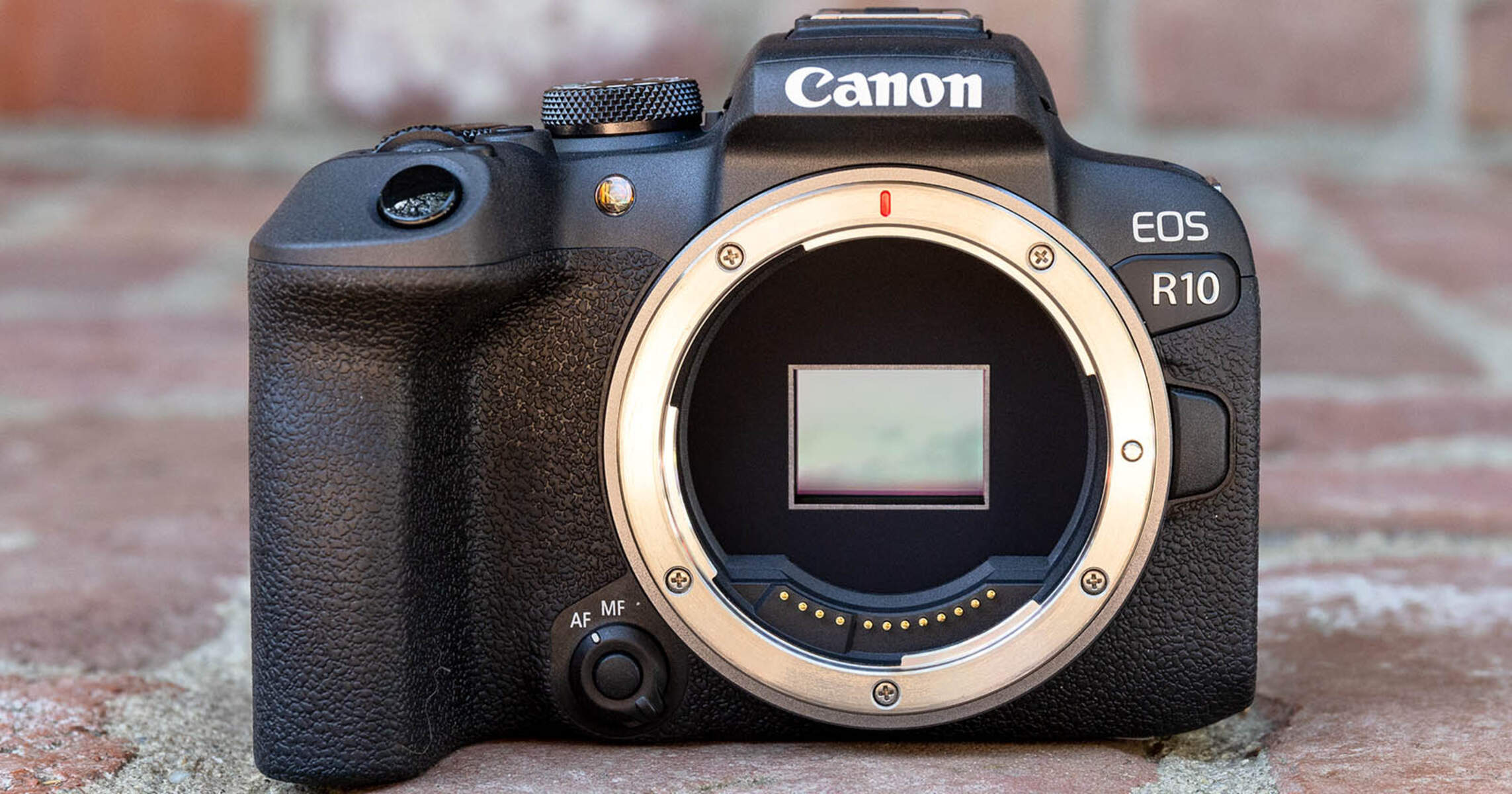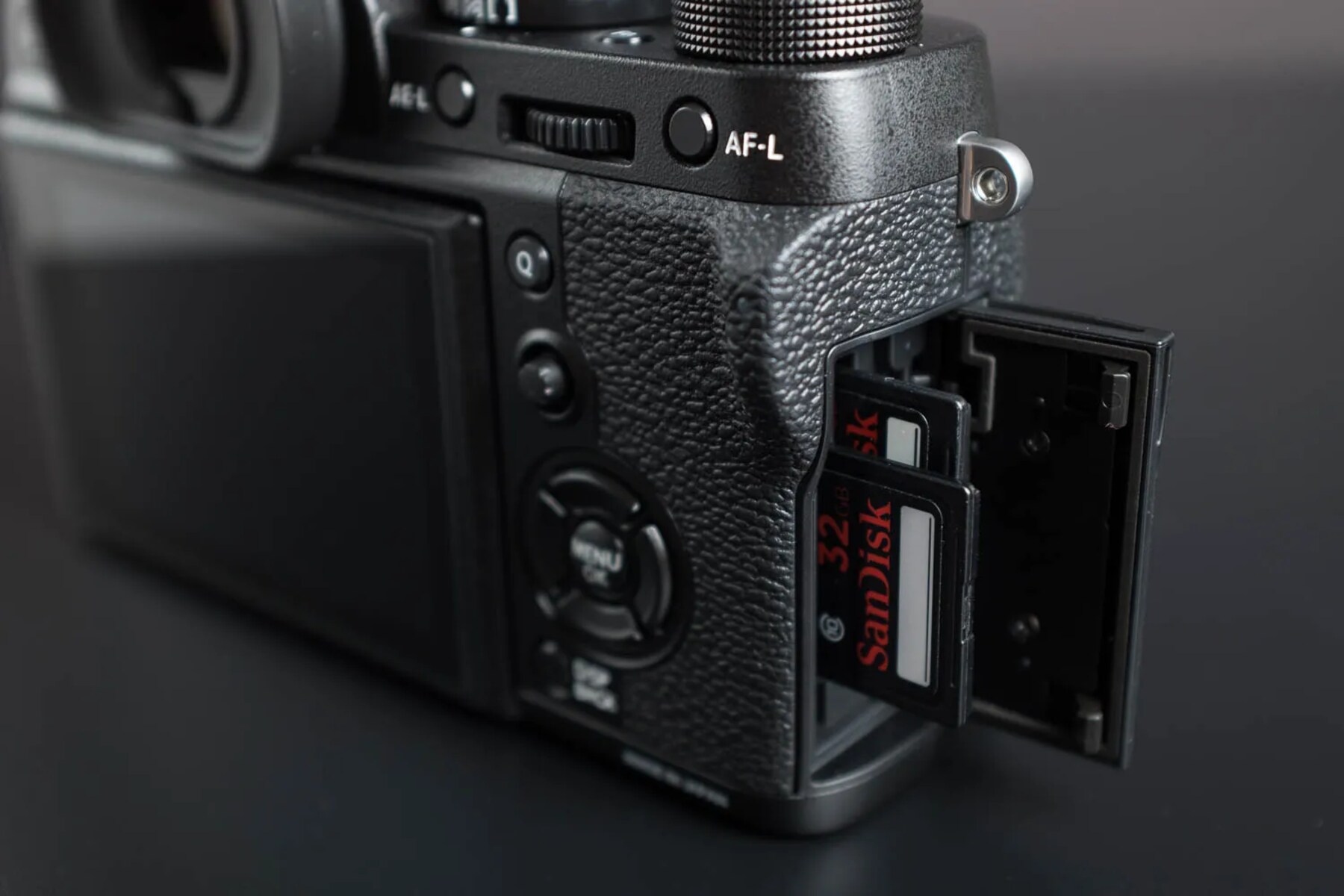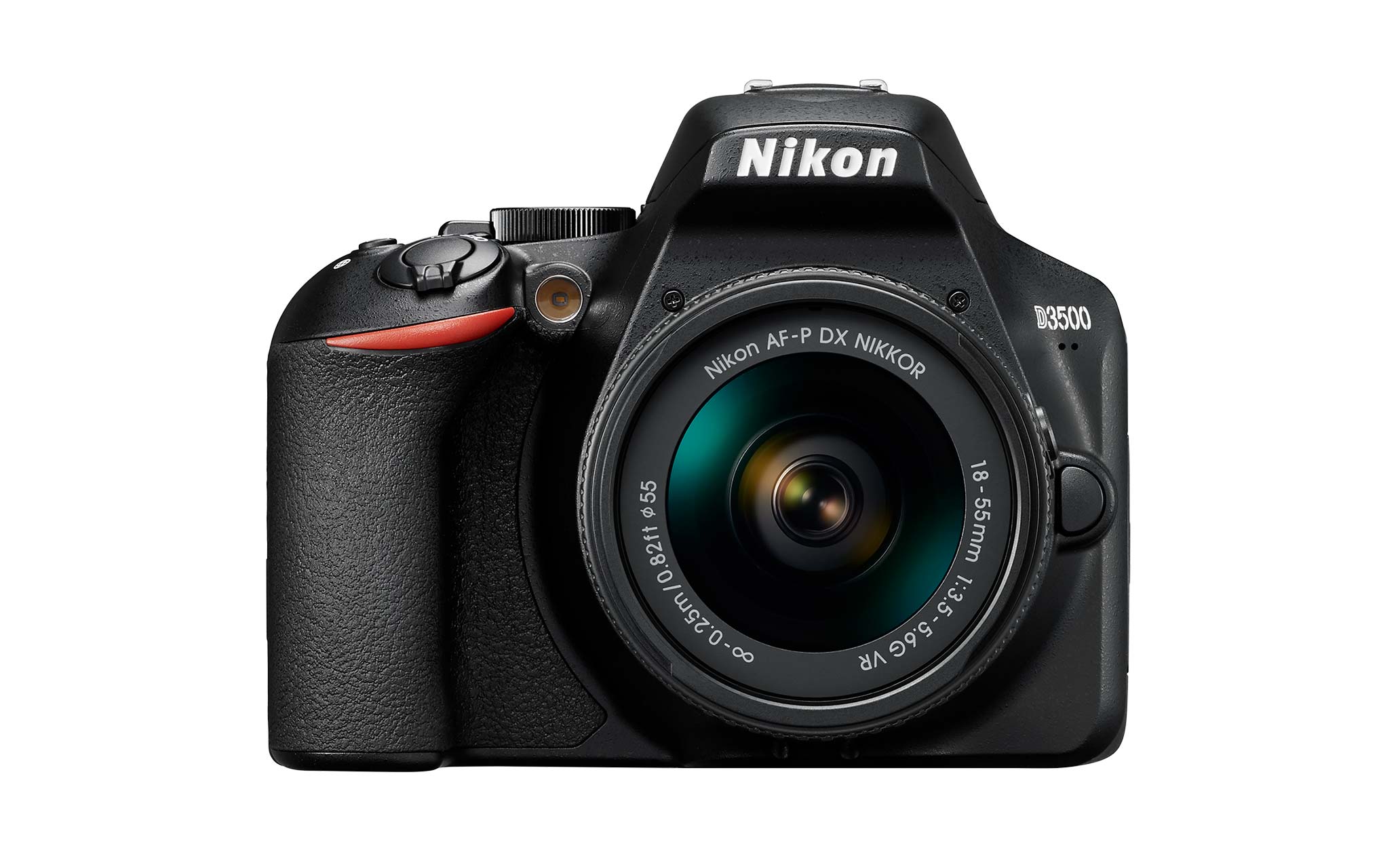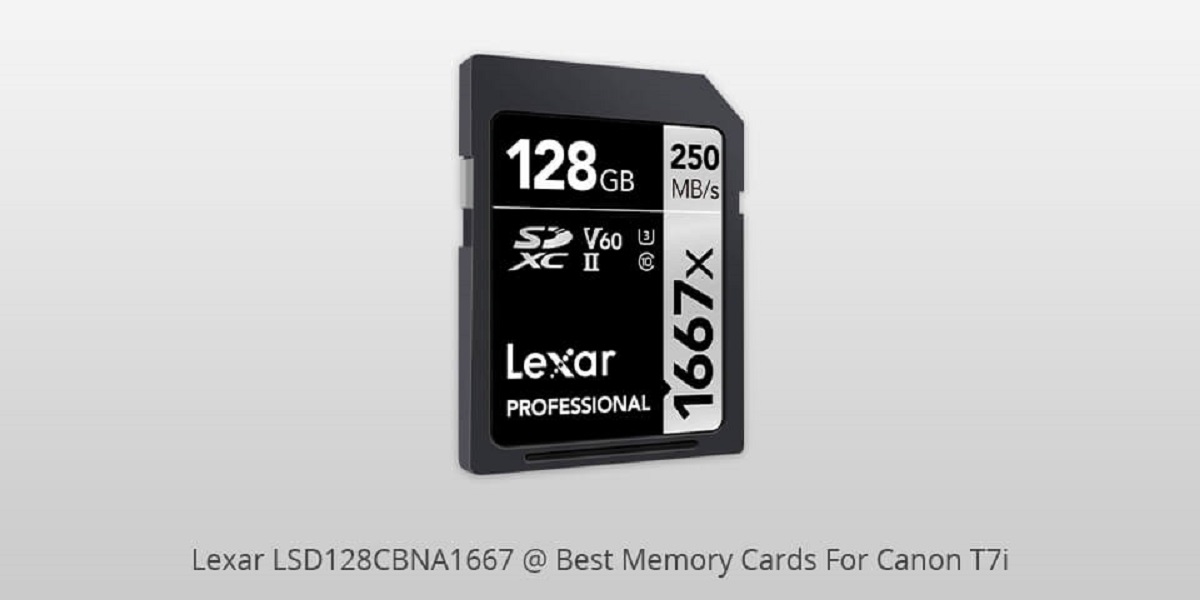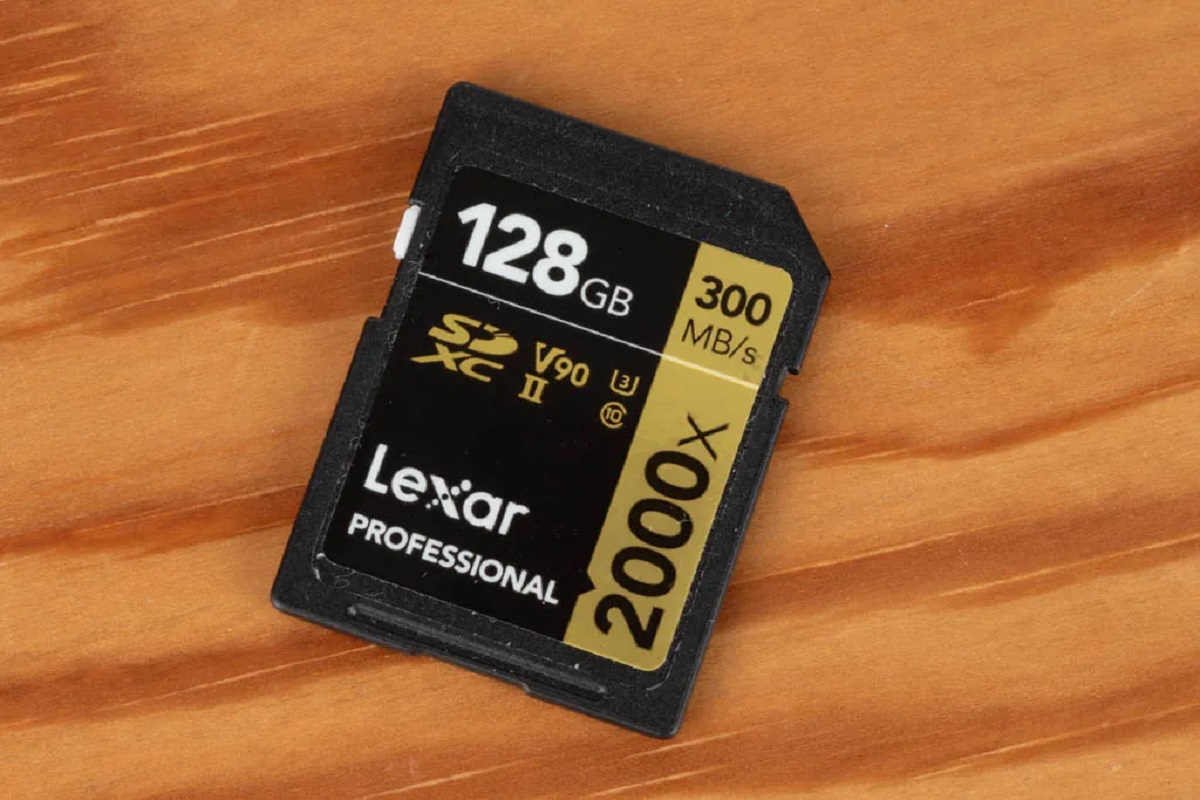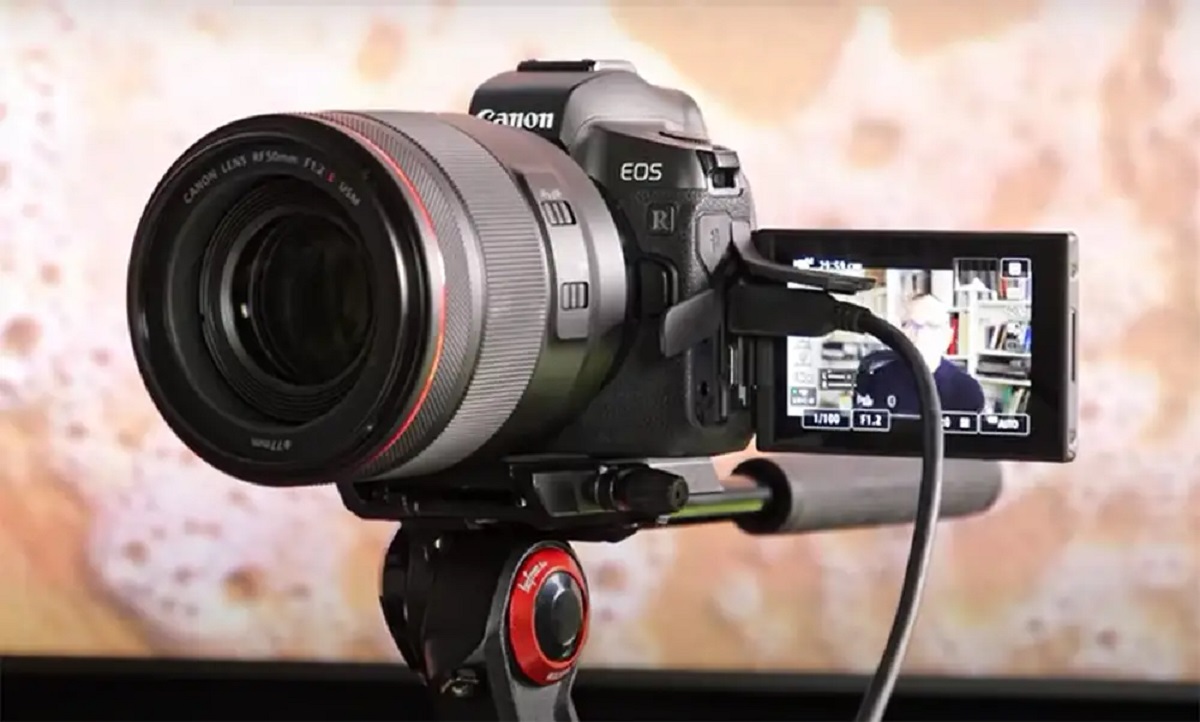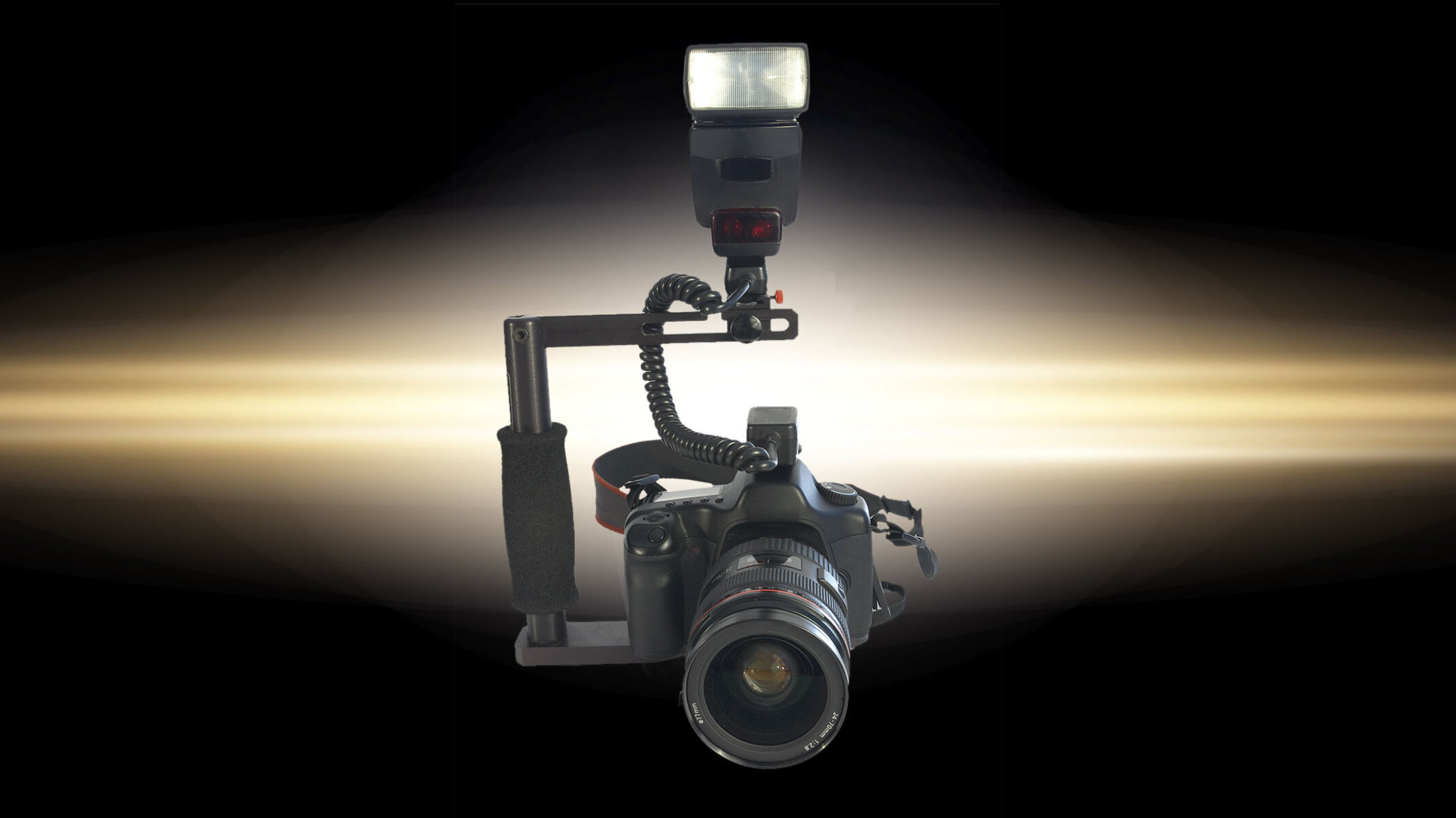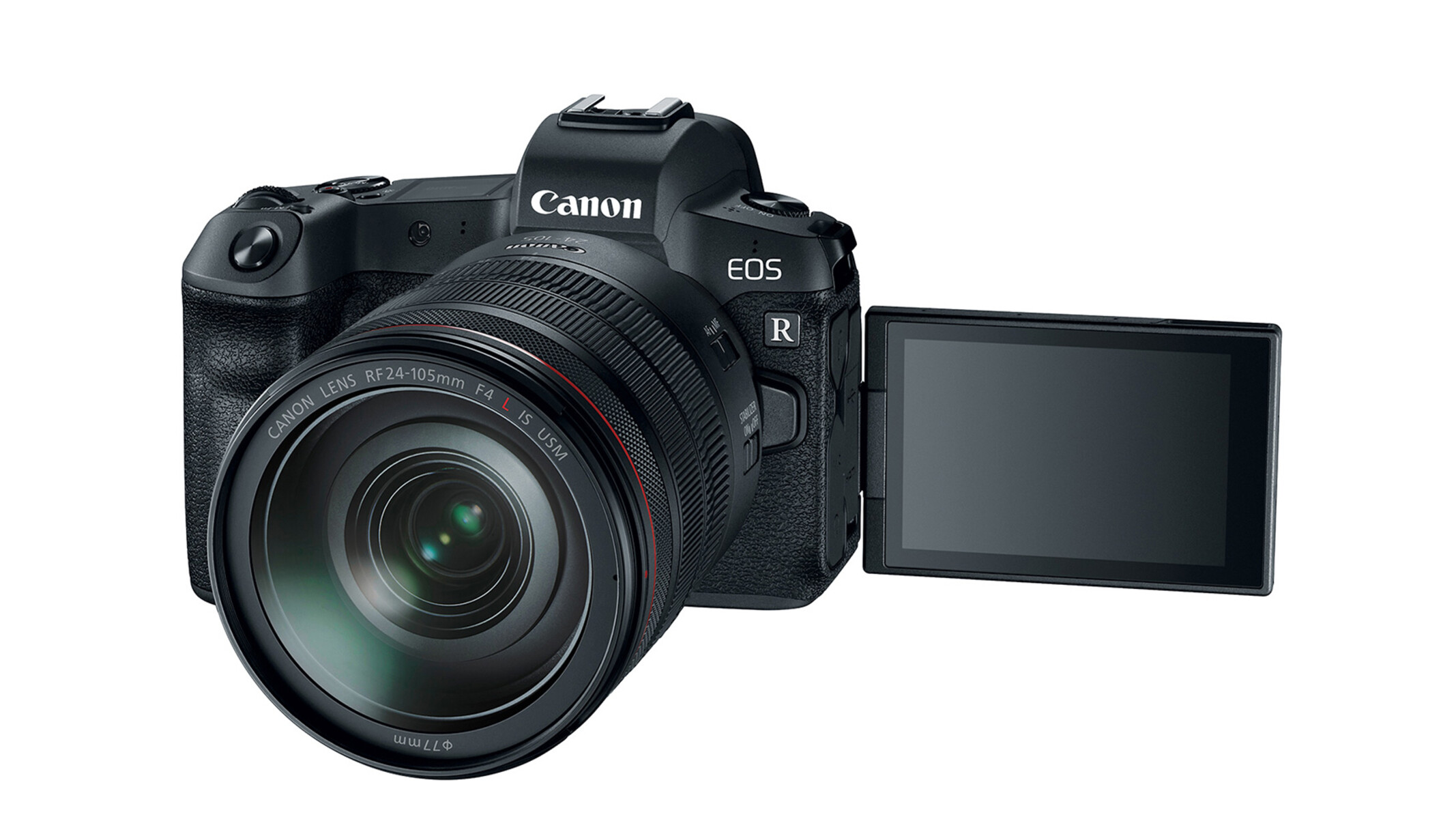Introduction
Understanding the Role of Write Speed in Mirrorless Cameras
When it comes to capturing the perfect shot with a mirrorless camera, many factors come into play. One often overlooked but crucial aspect is the write speed of the camera's memory card. Write speed refers to the rate at which the camera can process and store image data onto the memory card. This often determines how quickly you can take the next shot, especially in continuous shooting mode. Understanding the significance of write speed and its impact on the overall performance of your mirrorless camera is essential for any photographer.
The write speed of a memory card can greatly influence the camera's functionality, particularly in situations where high-speed continuous shooting or 4K video recording is involved. It directly affects how quickly the camera can clear its buffer and store the image data onto the memory card, allowing for a seamless shooting experience. A slow write speed can lead to frustrating delays and missed opportunities, while a faster write speed ensures that you can capture the desired moments without any hindrance.
In the following sections, we will delve deeper into the importance of write speed for mirrorless cameras, explore the factors that affect write speed, and provide guidance on selecting the right write speed for your specific photography needs. Understanding these aspects will empower you to make informed decisions when choosing memory cards for your mirrorless camera, ultimately enhancing your photography experience.
Understanding Write Speed
Write speed, often measured in megabytes per second (MB/s), is a critical metric that determines how quickly a camera can process and store image data onto the memory card. It directly impacts the camera’s ability to handle continuous shooting, high-resolution image capture, and video recording. A higher write speed enables the camera to swiftly transfer data from its buffer to the memory card, allowing for a seamless shooting experience.
For photographers engaged in high-speed continuous shooting, write speed plays a pivotal role in ensuring that the camera can keep up with the rapid capture of images without experiencing delays. Similarly, when recording high-definition video content, a faster write speed is essential for maintaining smooth and uninterrupted recording, especially in formats such as 4K and above.
Understanding the write speed requirements of your mirrorless camera is crucial for optimizing its performance. Different camera models may have varying write speed recommendations, and it’s essential to match these specifications with the capabilities of the memory card. Additionally, the file format and resolution at which you capture images and videos also influence the write speed requirements.
It’s important to note that write speed is not only determined by the memory card’s specifications but also by the camera’s internal processing capabilities. The combination of a high-performance memory card and a camera with efficient data processing can significantly enhance the overall write speed, resulting in a more responsive and reliable shooting experience.
As photographers continue to push the boundaries of creativity and technology, the demand for faster write speeds becomes increasingly pronounced. From capturing decisive moments in sports photography to preserving intricate details in landscape shots, the write speed of a camera and its corresponding memory card directly impact the photographer’s ability to translate vision into captivating imagery.
Importance of Write Speed for Mirrorless Cameras
The write speed of a memory card holds immense significance for the performance and functionality of mirrorless cameras. In the context of photography, especially in scenarios where speed and precision are paramount, the write speed directly influences the camera’s ability to capture and store image data efficiently. This is particularly crucial for photographers engaged in fast-paced shooting environments, such as sports, wildlife, and event photography, where the ability to capture a series of rapid-fire shots without interruption is essential.
For professionals and enthusiasts alike, the write speed of a memory card can make a substantial difference in the outcome of a photographic session. Whether it’s freezing a split-second action sequence or preserving the subtle nuances of a fleeting expression, a higher write speed empowers photographers to seize the perfect moments with confidence. This is particularly relevant in continuous shooting mode, where the camera’s ability to swiftly clear its buffer and store data onto the memory card determines the photographer’s agility in capturing successive frames.
Furthermore, in the realm of videography, write speed assumes a critical role, especially with the widespread adoption of high-definition and ultra-high-definition video formats. The seamless recording of 4K and above resolutions demands memory cards with robust write speeds to ensure uninterrupted data transfer from the camera to the storage media. This is essential for maintaining the integrity of the video stream and avoiding disruptions that could compromise the quality of the recorded footage.
Another aspect of write speed’s importance lies in its impact on the overall user experience. A camera equipped with a memory card featuring a higher write speed offers a more responsive and fluid operation, allowing photographers to focus on their creative vision without being hindered by processing delays. It enhances the camera’s versatility, enabling it to adapt to diverse shooting conditions and photographic styles, ultimately enriching the photographer’s artistic expression.
Ultimately, the importance of write speed for mirrorless cameras transcends technical specifications; it directly influences the photographer’s ability to capture fleeting moments, preserve visual narratives, and unleash their creativity without constraints. By recognizing the pivotal role of write speed and its implications for photography and videography, photographers can make informed decisions when selecting memory cards, thereby optimizing the performance of their mirrorless cameras.
Factors Affecting Write Speed
The write speed of a memory card in a mirrorless camera is influenced by several key factors, each of which contributes to the overall performance and efficiency of data transfer. Understanding these factors is essential for photographers seeking to optimize their camera’s write speed and ensure seamless and reliable operation.
1. Memory Card Class and Speed Rating
The class and speed rating of a memory card are primary determinants of its write speed. Memory cards are categorized into different classes, such as Class 4, Class 10, UHS-I, UHS-II, and UHS-III, each representing varying levels of data transfer capabilities. Additionally, speed ratings denoted by symbols like “U1” or “U3” further indicate the card’s minimum sustained write speed for recording high-definition video content.
2. File Format and Resolution
The file format and resolution at which images and videos are captured directly impact the write speed requirements. Higher resolution and uncompressed file formats demand faster write speeds to accommodate the larger data sizes. For instance, capturing images in RAW format or recording 4K video necessitates memory cards with higher write speeds to ensure smooth and uninterrupted data transfer.
3. Camera Buffer and Processing Speed
The camera’s internal buffer and processing speed significantly influence write speed. A larger buffer allows the camera to temporarily store captured data before writing it to the memory card, while a faster processor facilitates swift data transfer. The synergy between the camera’s buffer and processing capabilities, coupled with the write speed of the memory card, determines the overall efficiency of data storage during continuous shooting and video recording.
4. Environmental Conditions
Environmental factors, such as temperature and humidity, can impact the write speed of memory cards. Extreme temperatures, particularly cold environments, may affect the card’s performance and data transfer speed. It is crucial to select memory cards designed to withstand varying environmental conditions, ensuring consistent write speed and reliability in diverse shooting environments.
5. Card Interface and Compatibility
The interface of the memory card and its compatibility with the camera’s card slot influence write speed. Cameras equipped with UHS-II or UHS-III compatible card slots can leverage the enhanced data transfer capabilities of corresponding memory cards, maximizing write speed and optimizing the camera’s overall performance.
By considering these factors and their collective impact on write speed, photographers can make informed decisions when selecting memory cards for their mirrorless cameras, ultimately enhancing the camera’s responsiveness and efficiency in handling image and video data.
Choosing the Right Write Speed for Your Mirrorless Camera
When selecting a memory card for your mirrorless camera, it’s essential to consider the write speed requirements that align with your specific photography and videography needs. Understanding the factors that influence write speed and their implications for camera performance is instrumental in making an informed choice that optimizes the overall shooting experience.
1. Assessing Camera Specifications
Begin by reviewing the write speed recommendations provided by the camera manufacturer. Many mirrorless camera models specify the minimum write speed required for optimal performance, especially during continuous shooting and video recording. By aligning the memory card’s write speed with the camera’s specifications, you can ensure seamless data transfer and efficient storage of captured images and videos.
2. Identifying Shooting Requirements
Consider the nature of your photographic pursuits and the demands they place on write speed. If you frequently engage in high-speed continuous shooting, particularly in sports or wildlife photography, or if you capture high-resolution video content, a memory card with a higher write speed is essential to accommodate the rapid data transfer without buffering delays. Assessing your specific shooting requirements enables you to determine the optimal write speed needed to support your creative endeavors.
3. Matching File Formats and Resolutions
Take into account the file formats and resolutions at which you primarily capture images and videos. Higher resolutions and uncompressed file formats, such as RAW, demand memory cards with faster write speeds to effectively store the larger data sizes. By aligning the memory card’s write speed with the requirements of your preferred file formats and resolutions, you can ensure consistent and reliable performance during data-intensive capture sessions.
4. Considering Future Compatibility
Anticipate the evolving technological landscape and the potential advancements in camera capabilities. Opting for memory cards with write speeds that exceed your current requirements can provide future-proofing, ensuring compatibility with upcoming camera models and feature enhancements. This proactive approach enables seamless integration of advanced functionalities without the need for frequent memory card upgrades.
5. Evaluating Brand Reputation and Reliability
When selecting a memory card, consider reputable brands known for their reliability and performance. Established manufacturers often provide comprehensive warranties and rigorous quality control, assuring the durability and consistent write speed of their memory cards. Prioritizing trusted brands can mitigate the risk of compatibility issues and performance discrepancies, offering peace of mind during critical shooting scenarios.
By conscientiously evaluating these considerations and aligning them with your specific photographic and videographic requirements, you can confidently select a memory card with the right write speed to complement your mirrorless camera, ultimately enhancing its responsiveness and efficiency in handling image and video data.







